A week or so ago, I announced BitChrome 100, which is Kodak 5294 (E100D) re-spooled into 100ft rolls suitable for use with still film bulk loaders. The main reason for doing this was so I could bulk load E100 film for doing product photography. Most of the time, I don’t need 36 exposures per roll and doing it this way allows me to only load what I need and minimize waste. Even bulk loaded, E100D isn’t cheap stuff!
While I also plan on sending film to a lab (such as The Slide Printer, who confirmed they will process bulk rolled film), I’ve also been testing out the Bellini E6 kit. I’m fond of this kit since it uses separate bleach and fix. My first go round wasn’t the best as I was pretty sure I missed the proper developing time for the 1st developer (arguably the most important) and under-developed the film. So this time I opted not to rotary process and, instead, used my steel 35mm tank, following the instructions more precisely and using a tempered bath that I was periodically refilling. I also left the film in the 1st developer for 7 minutes instead of 6. The Bellini kit recommends this for Fuji films but I had a hunch I should try it for E100 as well.
Turns out I think between that and my better processing, I ended up with much better results this time! I also improved my lighting setup substantially. I now have 2 LED light panels where I can set the white balance to 5600K (what E100 notes is daylight based on the datasheet). This also means I have much faster shutter speeds for doing actual product work, which is nice. I also now have a digital shutter release cable/trigger for my F100. I quite like the F100 but doing away with the mechanical release was a bummer.
Anyways I decided I should do a bracket test:
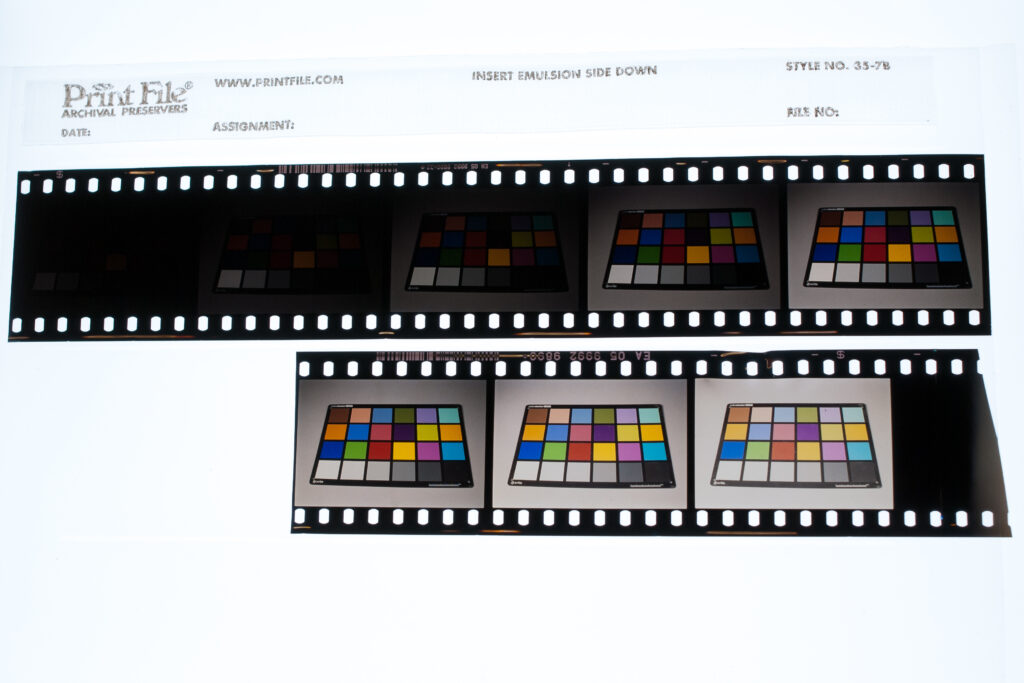
As before I checked the camera meter, and did an incident and reflective meter reading on my Sekonic and all were in agreement. Then I shot a total of 8 shots between -3 and +4 using my X-Rite Color Checker card as a boring but accurate subject. I then scanned them using both Epson Scan and Silverfast using my V800.
Here’s the raw results:
Epson:
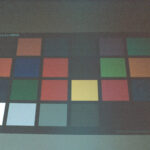
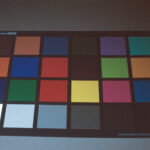
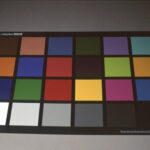
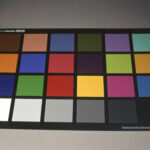
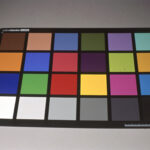
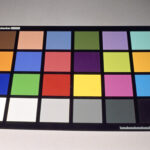
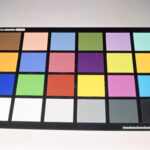
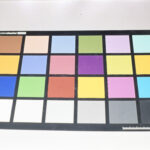
Silverfast:
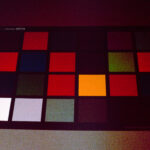
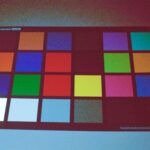
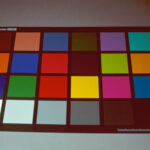
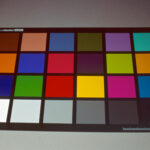
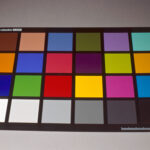
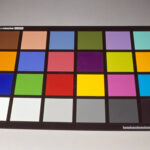
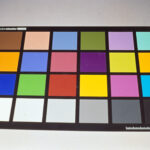
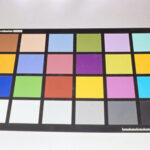
The conclusions I reached are that, yes, the metered exposure seems to be the correct one based on the gray scales on the color chart. But I think I actually like +1 or even +2 better. This does crush the highlights more though still shows recoverable tone when looking at the gray patches and seems to be easier for my Epson to scan. It also lifts the shadows more and seems to give me a bit more room to work. The +1 also seems to remove the color cast that my scanner seems to be good at picking up. For the metered exposure, I can white-balance the cast out but the raw scan seems more accurate.
I should say the above tests were mostly untouched. I cropped the photos a bit and also set the white balance of each exposure using either middle gray or next brighter swatch. That was it.
Surprisingly I find Epson Scan did a better job with the slides than Silverfast. For Silverfast I used Multiple Exposure. Perhaps that wasn’t the best choice and in fact I’ve had mostly miss results with using that settings. Even so, epson scan is usually quicker anyway although I really like and prefer Silverfast when scanning C-41.
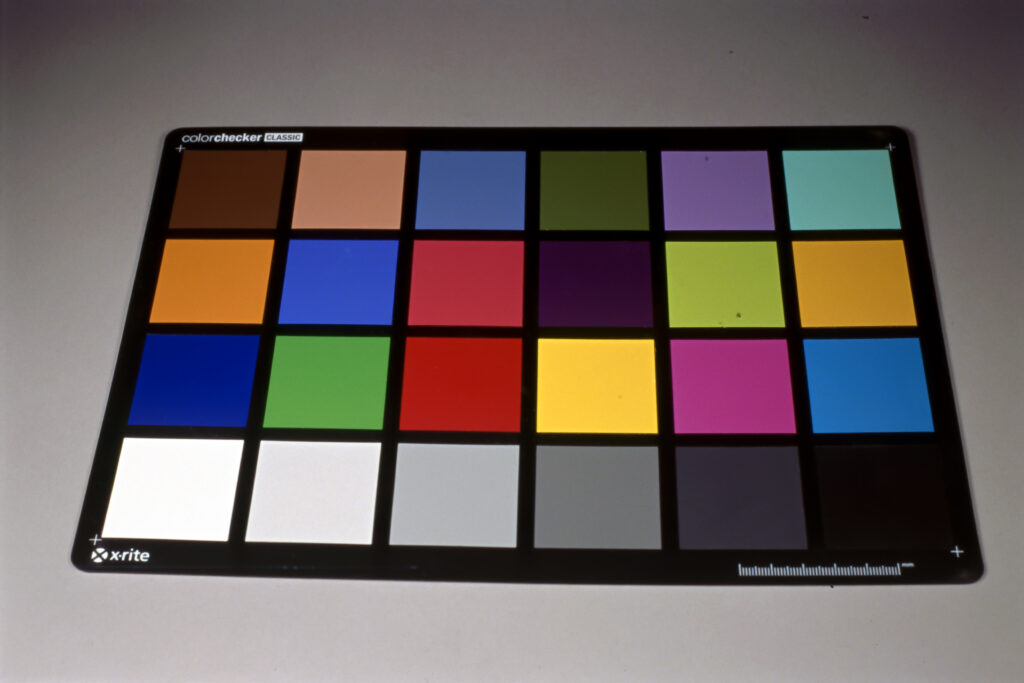
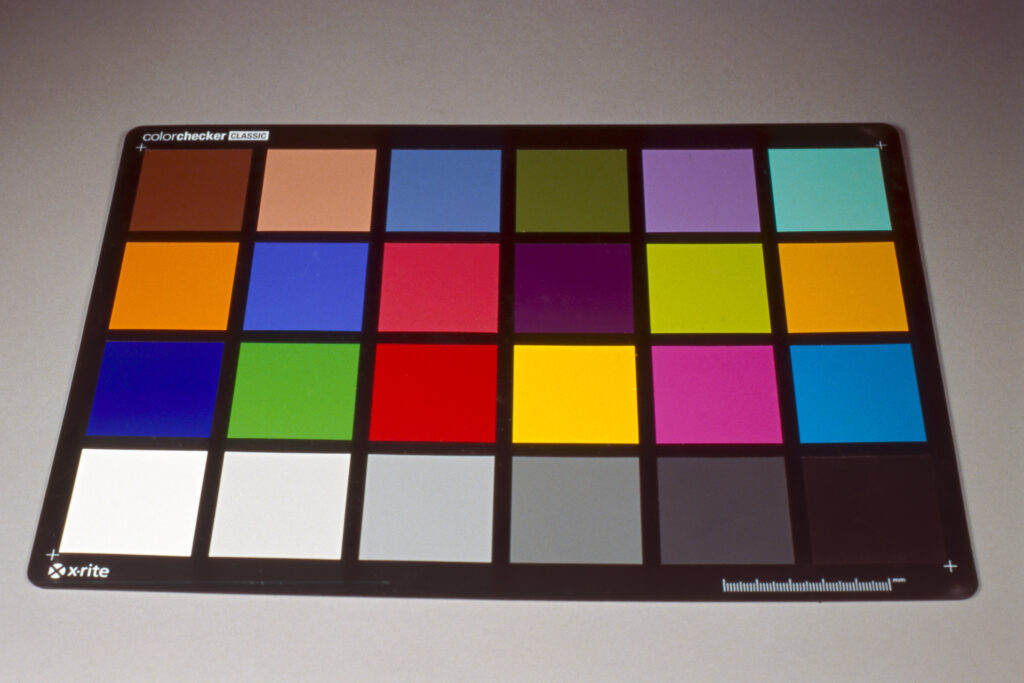
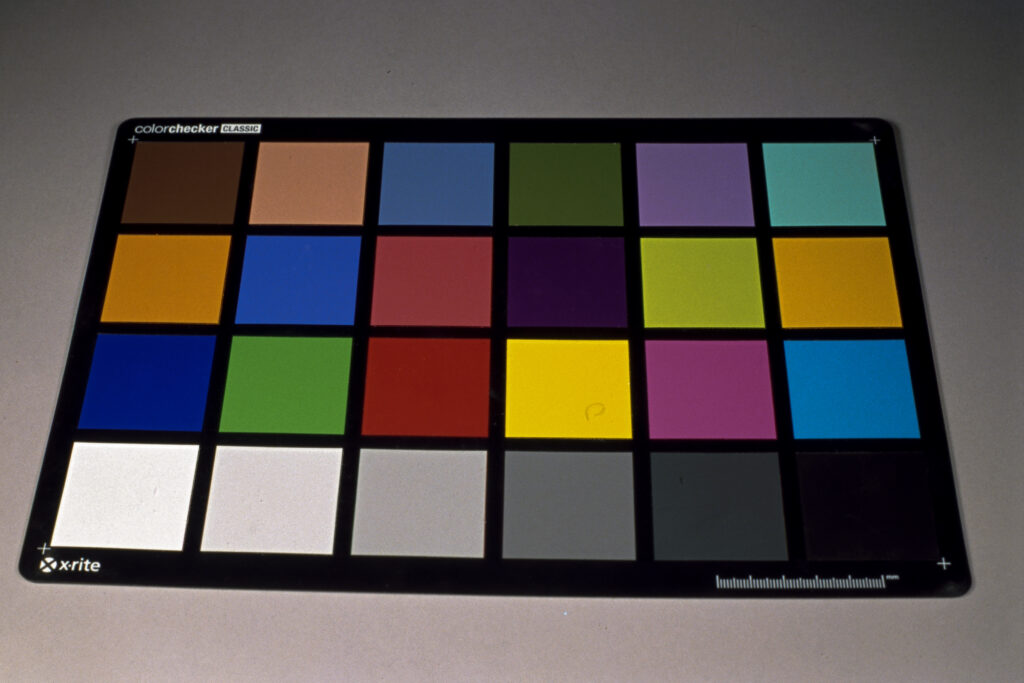
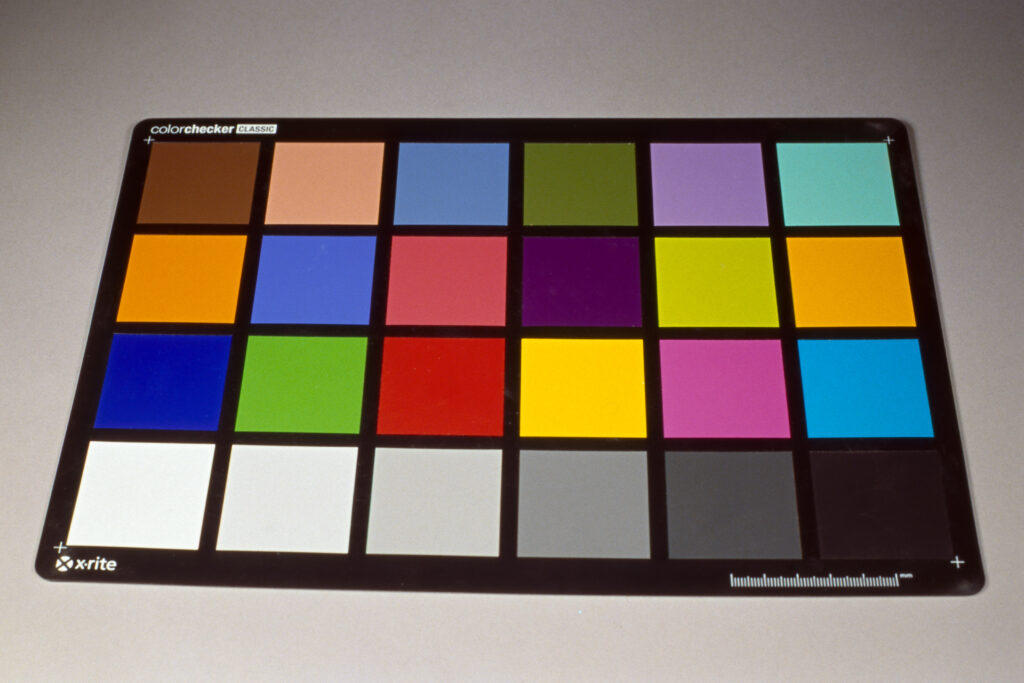
What this tells me is scanning slides, at least 35mm ones, on my Epson is maybe not the best option. Part of this product photography experiment included downsizing my digital camera setup. I’m not sure if my D80 can really do the slides justice but that will be the next thing to try (and as an aside I really do like the CCD look of my D80 vs the D750 when I had it). I generally prefer the flatbed scanning workflow though.
This test also really only gives me information for the Bellini kit and my processing with it. The next step is to do an exposure test to send over to a lab I think and compare that way. Certainly a lab adds cost but these aren’t extravagant relative to the film cost itself.
So there ya go! I should make clear, these results are what I landed on for my process and methods. They may be different for you! I am very curious about how this compares to lab developed film so I suspect that will probably be part 3 of this little mini-series. Until then, if you want to grab up your own 100 ft roll of BitChrome 100, you can do so here.
